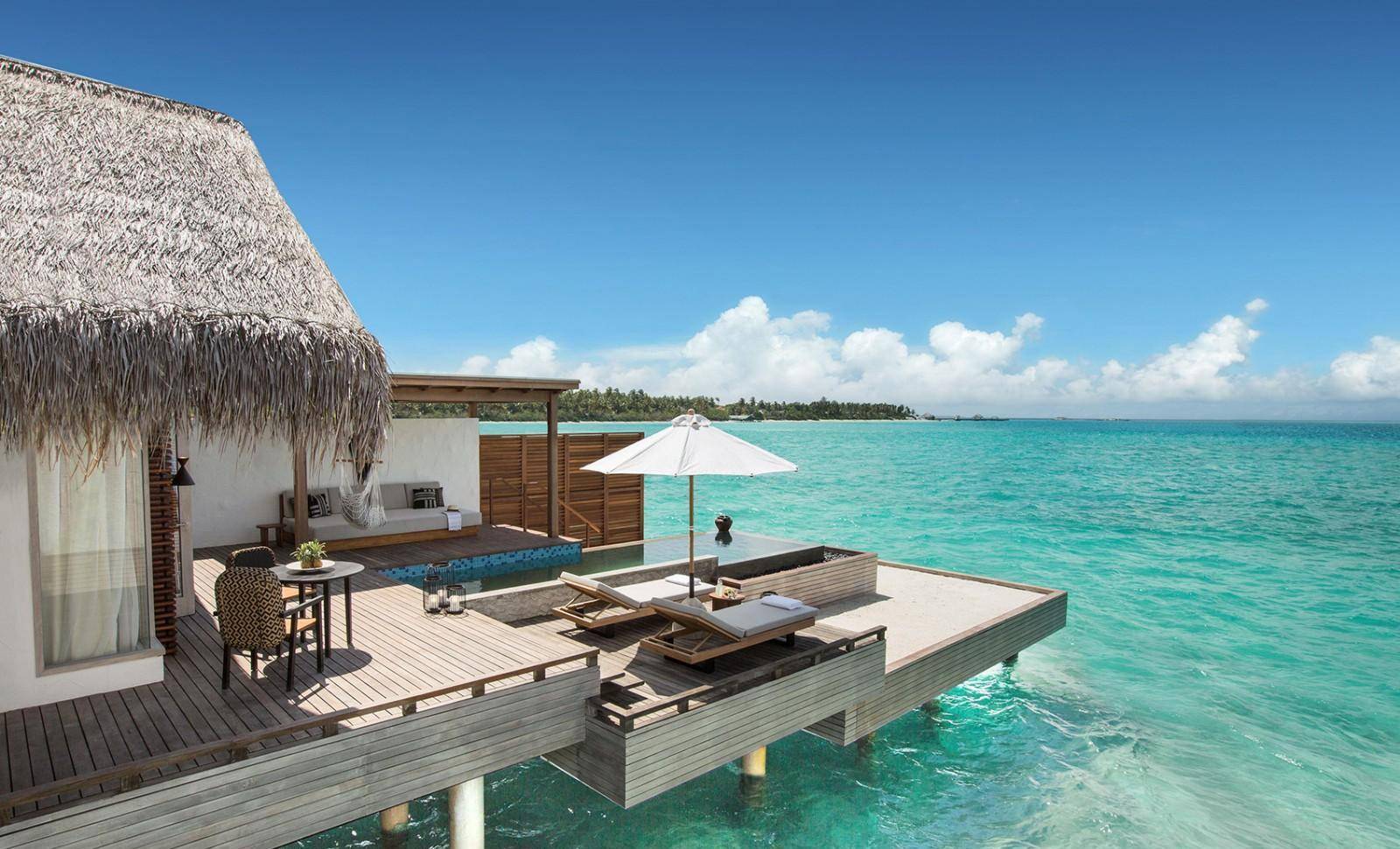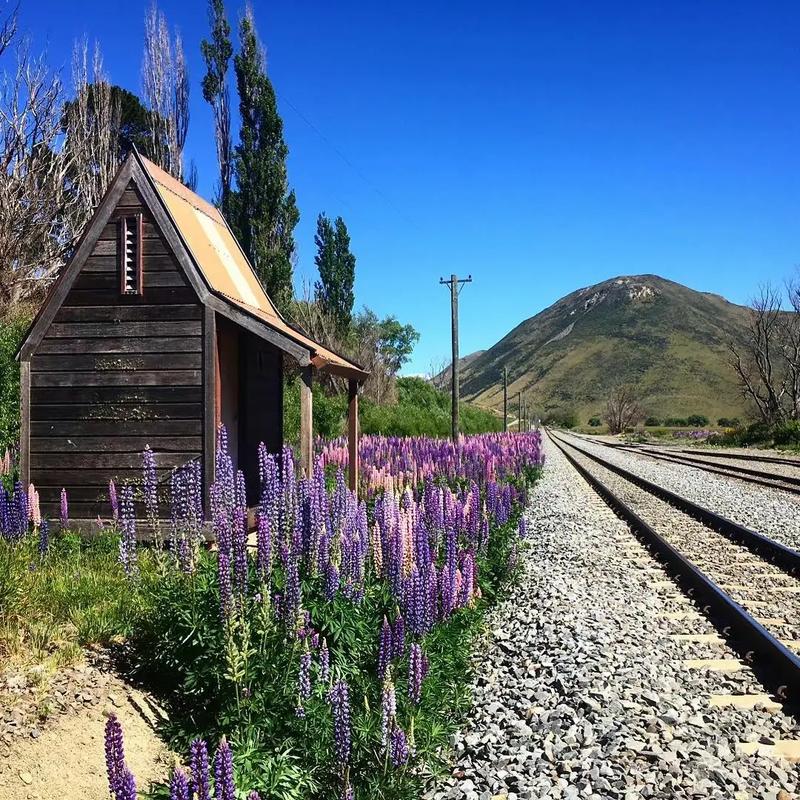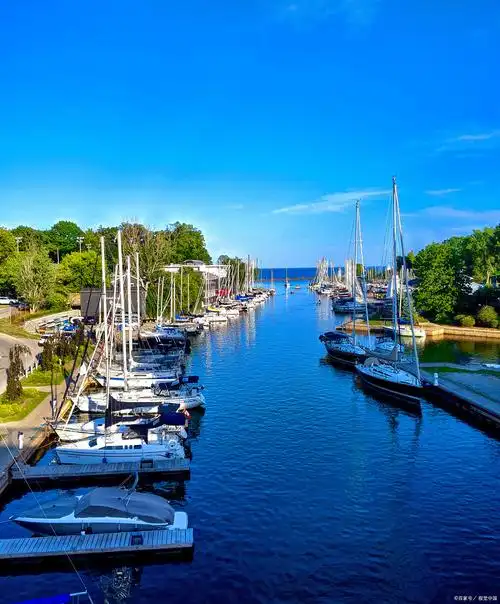Global Travel Information
Dead Vlei, Namibia
Dead Vlei: Namibia’s Surreal Desert Graveyard
In the heart of Namibia’s Namib-Naukluft National Park lies one of the most hauntingly beautiful landscapes on Earth—Dead Vlei. This surreal clay pan, surrounded by towering orange dunes, is a place where time seems to stand still. Its name, translating to "dead marsh" in Afrikaans, hints at its eerie allure: a graveyard of ancient camel thorn trees, their blackened skeletons frozen in a cracked white expanse under an endless blue sky. Dead Vlei is not just a photographer’s paradise; it is a stark reminder of nature’s fragility and the relentless passage of time.
A Landscape Frozen in Time
Dead Vlei was once a lush oasis, nourished by the Tsauchab River around 900 years ago. The river’s waters allowed camel thorn trees (Acacia erioloba) to flourish, their roots tapping into the lifeblood of the desert. But as the climate shifted and dunes encroached, the river’s course was blocked, cutting off the water supply. The trees died, their remains preserved in a state of eerie perfection by the arid desert air. Unlike typical decomposition, where organic matter breaks down, the extreme dryness of Dead Vlei halted decay entirely. The trees, now charcoal-black from centuries of sun exposure, stand as skeletal sentinels against the cracked white clay.
The pan itself is a study in contrasts. The clay, bleached by the sun, forms a cracked mosaic underfoot, while the surrounding dunes—some of the tallest in the world—glow in shades of apricot and rust. The most famous of these is Big Daddy, a dune towering over 300 meters (1,000 feet) high, offering a breathtaking vantage point over Dead Vlei below.
The Science Behind the Silence
What makes Dead Vlei so extraordinary is its near-total lack of moisture. The Namib Desert is one of the driest places on Earth, with some areas receiving less than 10 millimeters of rain annually. This aridity is the reason the trees have not decomposed; without water, bacteria and fungi cannot thrive to break down the wood. Instead, the trees have been "mummified" by the sun, their twisted forms preserved in a silent scream against the elements.

The clay pan, too, tells a story of environmental change. The cracked surface is a result of extreme temperature fluctuations—scorching by day, freezing by night—causing the clay to contract and expand. Over time, this process creates the intricate web of fractures that give Dead Vlei its otherworldly appearance.
A Photographer’s Dream
Few places on Earth offer such dramatic visual contrasts as Dead Vlei. The interplay of light and shadow, the stark juxtaposition of black trees against white clay and orange dunes, creates a surreal, almost alien landscape. At sunrise and sunset, the dunes blaze with fiery intensity, while the dead trees cast long, haunting shadows. Photographers from around the world flock here, drawn by the challenge of capturing its stark beauty.
Yet, Dead Vlei is more than just a pretty backdrop. Its silence is profound—a stillness so complete that it feels almost sacred. The absence of wildlife, the lack of wind in the early morning, and the sheer emptiness amplify the sense of isolation. Visitors often describe it as a place of meditation, where the vastness of the desert puts human existence into perspective.
The Human Connection
Dead Vlei’s mystique has not gone unnoticed by filmmakers and artists. Its stark, almost post-apocalyptic scenery has featured in movies, music videos, and fashion shoots, serving as a symbol of desolation and timelessness. But for the indigenous San people, the Namib holds deeper significance. Their ancestors once roamed these lands, leaving behind rock art and stories of survival in an unforgiving environment. To them, the desert is alive with spirits, and places like Dead Vlei are reminders of nature’s power and mystery.
Preserving a Fragile Wonder
Despite its harsh conditions, Dead Vlei is fragile. Foot traffic, climate change, and even the shifting dunes threaten its delicate balance. The Namib-Naukluft National Park protects the area, restricting access to designated paths to prevent erosion. Visitors are urged to tread lightly, respecting the silence and solitude that make this place so unique.
A Journey Worth Taking
Reaching Dead Vlei requires effort. The nearest town, Sesriem, is a gateway to the Namib Desert, but the final approach involves a hike over dunes or a rugged 4x4 ride. Yet, those who make the journey are rewarded with an experience unlike any other. Standing amidst the dead trees, with the dunes rising like waves in every direction, one cannot help but feel humbled by the raw power of nature.
Dead Vlei is more than a destination; it is a testament to resilience and impermanence. Its trees, though lifeless, tell a story of survival against the odds. Its silence speaks louder than words. In a world that never stops moving, Dead Vlei remains a place where time stands still—a desert graveyard that captivates, inspires, and endures.
For those who seek the extraordinary, Dead Vlei awaits.
相关文章
- Best Time to Visit Elbe River: Seasonal Tips for Travelers
- Elbe River Cruise Routes: From Hamburg to Dresden
- Elbe River Hiking Trails: Scenic Paths Along the Waterway
- Elbe River Length & Source: Key Geographic Facts
- Cities Along Elbe River: Must-See Destinations in Germany
- Elbe River Historical Significance: Key Events Through Time
- Elbe River Water Level Today: Real-Time Updates for Boaters
- Elbe River Cycling Routes: Explore by Bike This Year
- Elbe River Wildlife Watching: Where to Spot Birds & Animals
- Elbe River Local Festivals: 2025 Events Not to Miss
发表评论
评论列表
- 这篇文章还没有收到评论,赶紧来抢沙发吧~


